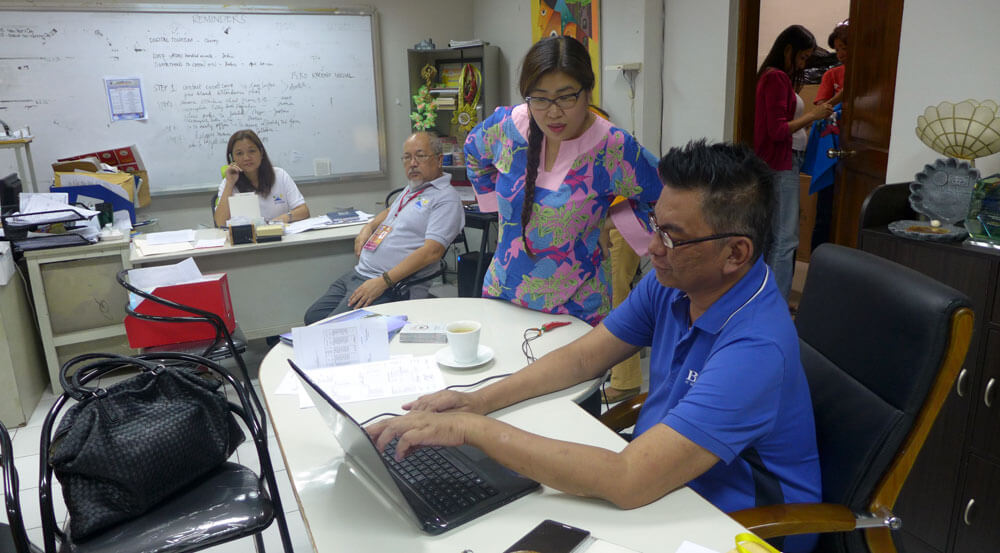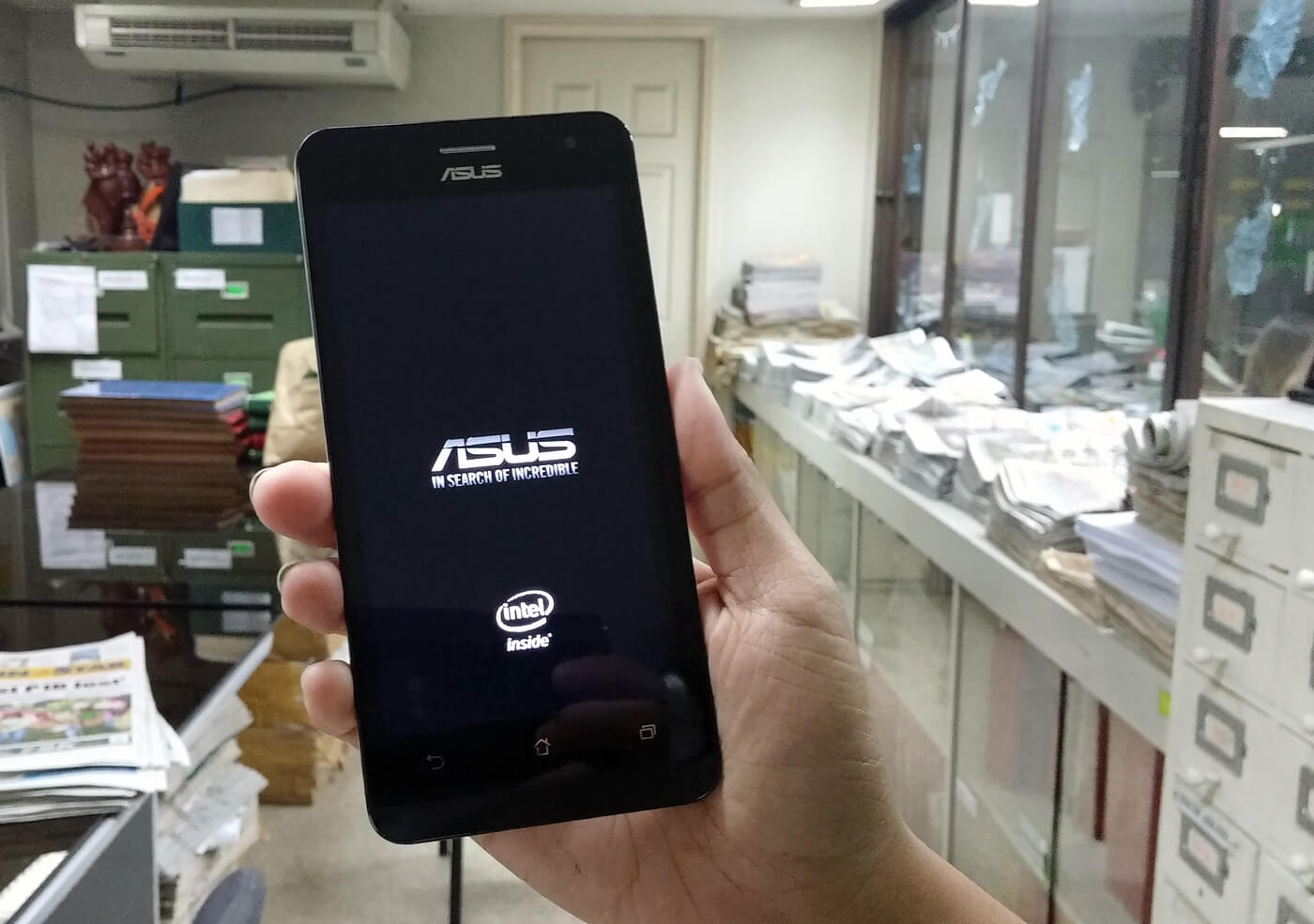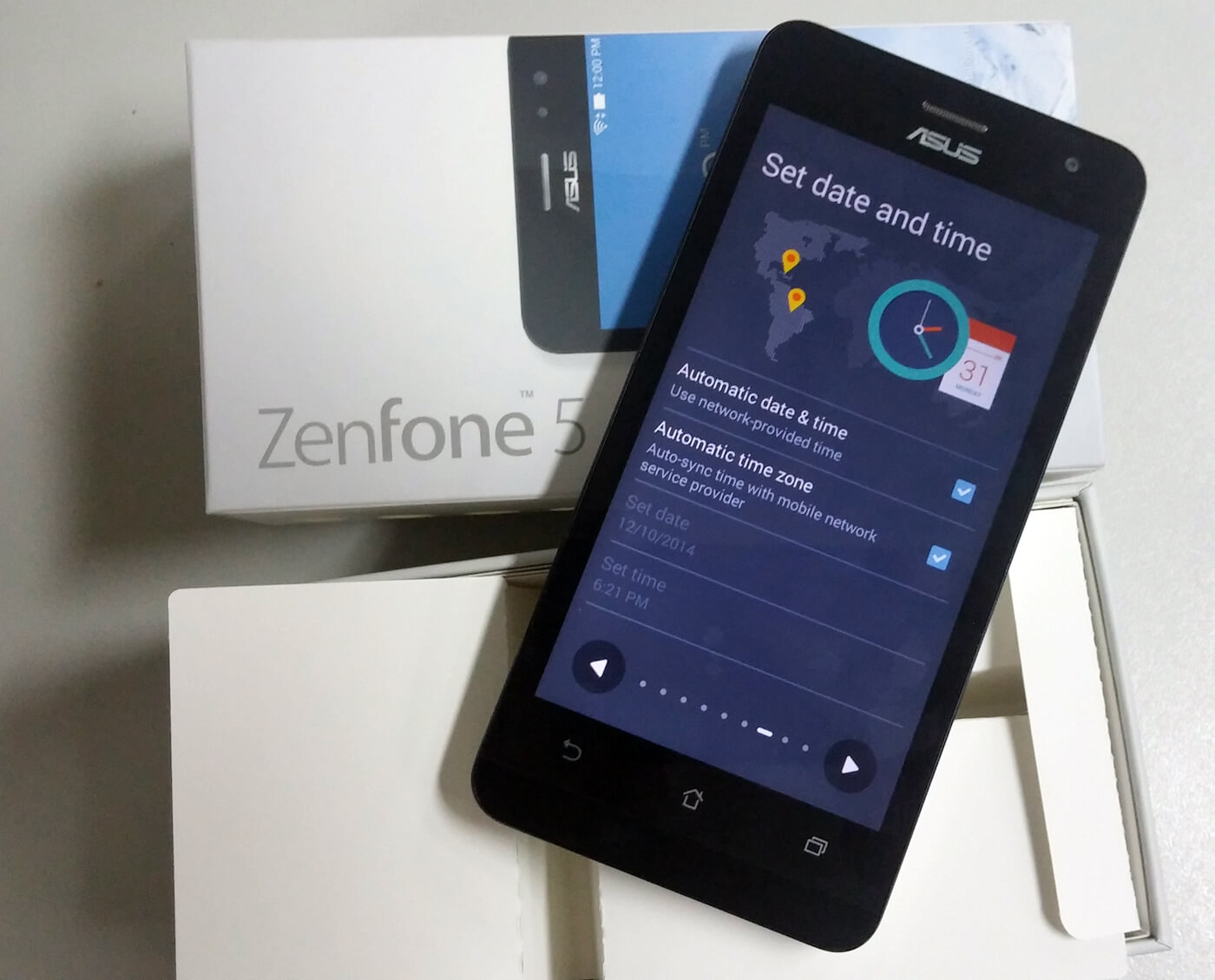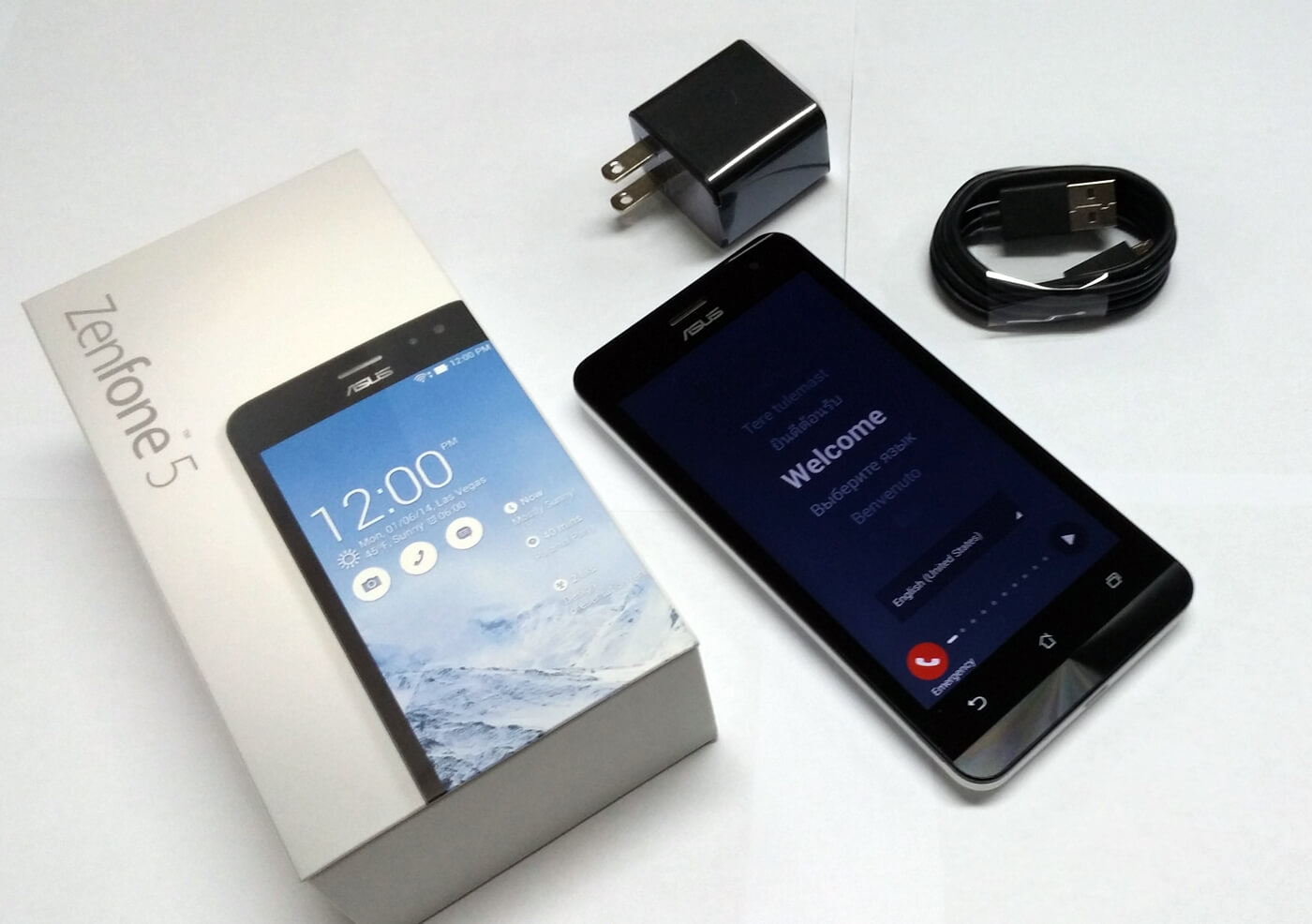WHILE testing Smart’s deployment of its high-speed packet access (HSPA) network in Siquijor in 2009, it occurred to me that with the connectivity, you could actually relocate there and run your business or work from its beautiful white sand beaches.
Six years later, connectivity and technology have improved exponentially. Today, HSPA is being supplanted by the higher speed LTE or long-term evolution. More and more services are now in the “cloud,” which lends well to remote work. Equipment has also improved, with mobile devices becoming more powerful. Businesses have also started to become more open to remote work or collaborating with remote workers. Financial services have become more widely available and mobile.
Have laptop, will work from anywhere. That’s the creed of the emerging set of digital nomad workers today, found in cafes, beaches, and virtually anywhere.

WORK ON THE BEACH. This spot in Alegria has strong Smart mobile Internet signal, which allowed me to sneak in some work while out on the beach.
Any work, especially creative tasks, can be done anywhere. And they should be. Why spend money for offices and accompanying wherewithal for a fixed workspace when you can just allow workers to choose wherever they want to work and wherever they feel they are more productive?
Where do you go to get things done?
Jason Fried, startup founder and author of “Rework,” said in a Ted talk, “When I ask people, ‘Where do you go when you really need to get something done?’ I’ll hear things like, the porch, the deck, the kitchen. I’ll hear things like an extra room in the house, the basement, the coffee shop, the library…You almost never hear someone say the office. But businesses are spending all this money on this place called the office, and they’re making people go to it all the time, yet people don’t do work in the office.”
How many hours do you lose going to and from your office with Metro Cebu’s worsening traffic? Aren’t these better spent doing actual work at home or at a convenient location?
Telecommuting was seen as a future trend some years back. It just made sense. Still does and now more than ever. Technology and business processes are starting to catch up to encourage this new mode of working.
Most digital nomads cite a better quality of life in working that way. “Forget work-life balance. Put more life into your work,” said Ben Keene in his blog Eat. Pray. Wifi. He moved to Bali with his family to work there. In his post, he includes a photo of him and his wife and kid in a co-working space that opens into a stunning vista of plants and trees.
Cheaper to bootstrap
Many startup founders bootstrapping their businesses head to Southeast Asia to take advantage of the cheaper cost of living while building their companies.
“This trend and movement is growing exponentially. Lower overhead costs, better work/lifestyle balance, access to more talent who want to work remotely and great opportunities to learn, network, and travel are just some of the reasons entrepreneurs are moving to South East Asia to bootstrap their startups,” said FoundersGrid founder Chris Osborne in a blog post.
Many local entrepreneurs are also going nomadic – working on their projects and startups or for companies abroad from coffee shops and the handful of co-working spaces here in the city.
Bert Padilla, an expert on digital ad optimization based in Cebu, works from cafes, on the beach, at home and in his car (whenever he is fetching his wife) and said he finds it a whole lot better for himself and his family compared to when he was working with multinational firms some years back. More lucrative, too, by the look of it.
Our startup, InnoPub Media, has been on the road in recent weeks forDigital Tourism work and other projects. It has allowed us to experience and test a digital nomad lifestyle for our small team and family. I will be writing more about it here.
The post #DigitalNomad appeared first on Leon Kilat : The Tech Experiments.





